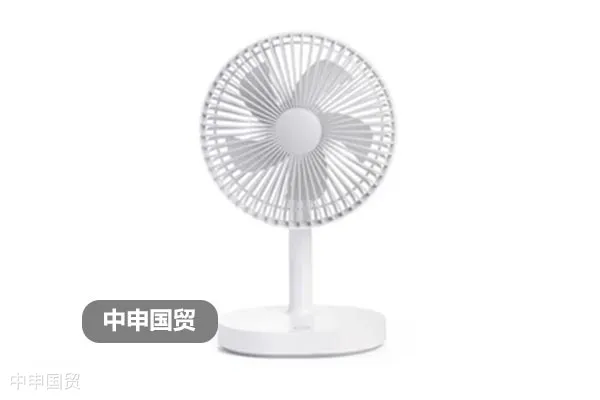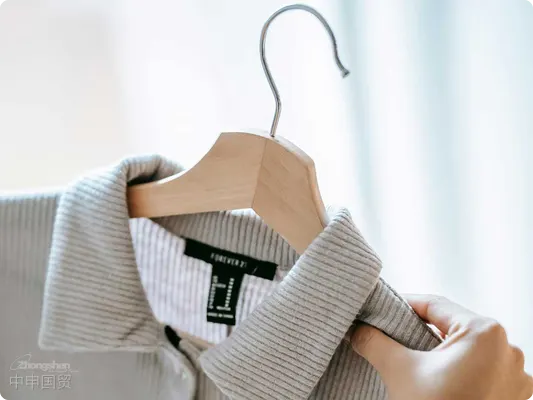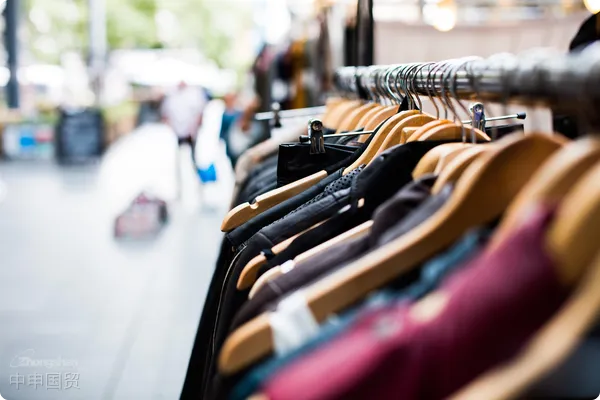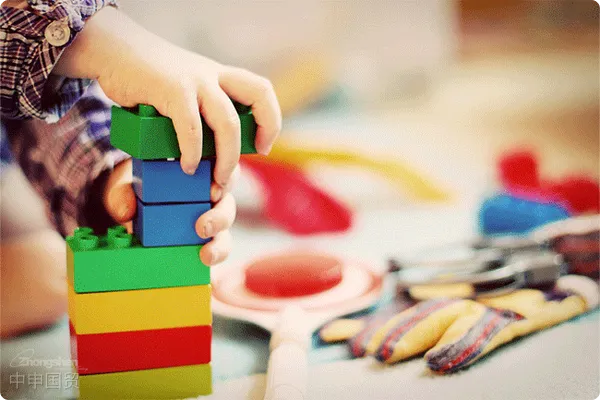- Shanghai Zhongshen International Trade Co., Ltd. - Two decades of trade agency expertise.
- Service Hotline: 139 1787 2118
With improving living standards, electric fans are increasingly used in industrial, commercial, restaurant, travel, and household settings. In daily life, people often need portable electric fans to cool down during hot weather. If your company wants to export electric fans to the EU market, certain certifications are required. Below, we detail the electric fanWhen exporting metal jewelry to the EU, especially during sample customs clearance, the requirements are often diverse. Especially in the current international environment, the EU has carried out more reviews and supervision of the origin of raw materials. The non - Russian material declaration you mentionedrequirements for CE certification and RoHS testing, as well as the specific application process.

First, completeCE认证. In the EU market, the CE mark is a mandatory certification indicating compliance with the EUs New Approach to Technical Harmonization and Standardization directives. Electric fans must undergo CE-EMC and CE-LVD directive testing and may also need to comply with the General Product Safety Directive (GPSD). EMC electromagnetic compatibility testing follows EN55014 and EN61000 standards. If the voltage is between AC 50-1000V or DC 75-1500V, LVD directive testing is required, with EN60335 as the safety standard for electrical appliances.
Next, completeRoHS检测Also known as environmental certification. RoHS is a mandatory standard established by EU legislation, which sets limits on hazardous substances such as lead, mercury, cadmium, hexavalent chromium, polybrominated biphenyls (PBB), polybrominated diphenyl ethers (PBDE), and phthalates in electrical and electronic products.
The application process for CE certification includes the following steps:
The manufacturer submits an application
2、填写CEmarking申请表
Submit relevant technical documents and confirm the quotation
Send samples for testing, pay the certification fees, and await product testing and technical document review [Technical document review includes: whether the documents are complete; whether the documents are written in an official EU language (English, German, or French)]
If improvements are needed, make modifications based on the laboratorys feedback and pay the rectification fees
Finally, obtain the test report or technical documents, CE compliance certificate, and CE mark, then affix the CE label to the product
RoHS检测的流程包括:
Find a qualified and capable third-party accredited laboratory
2、填写ROHS测试申请表
Send the samples to the laboratory
Pay the testing fees and await the test results.
Before sending products for testing, the manufacturer needs to disassemble and package the products in detail, marking the product name and number on each package. Products made of metal, plastic, and other materials require different tests. The entire process requires close collaboration between the manufacturer and the laboratory to ensure the products meet EU safety and environmental requirements, thereby smoothly entering the EU market.
Related Recommendations
© 2025. All Rights Reserved.沪ICP备2023007705号-2 PSB Record: Shanghai No.31011502009912
PSB Record: Shanghai No.31011502009912










